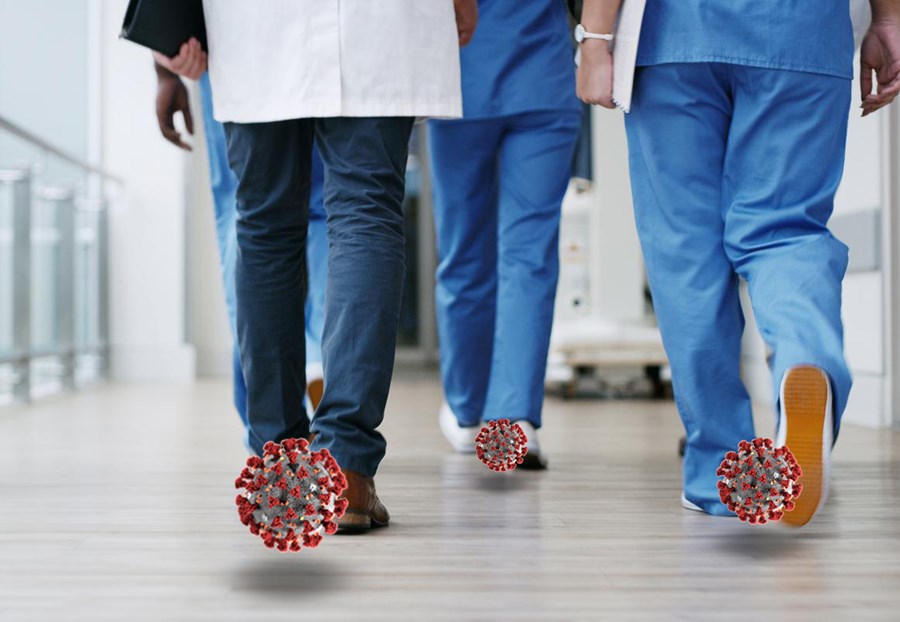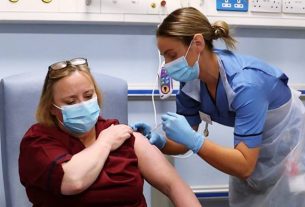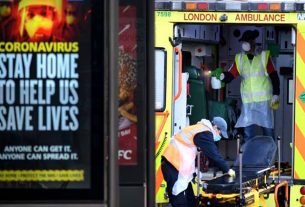Tue 30 June 2020:
As cases of the coronavirus surge in over 20 US states and in countries all over the world, you might want to brush up on best practices for helping to stay safe, including what you should know about wearing a face mask and sanitizing your home. But here’s another question: should you also sanitize your shoes? How long can the coronavirus survive on surfaces anyway?
To review, the coronavirus, which causes COVID-19, can spread from person to person, through respiratory droplets from a cough or sneeze or by touching an infected (usually solid) surface and then touching your face. The coronavirus can even live on some surfaces for longer than nine days. In March, the Centers for Disease Control and Prevention found coronavirus RNA that had survived in the Diamond Princess cruise ship 17 days after the passengers had departed.
The National Institutes of Health reported in March that the coronavirus can live on plastic and stainless steel for up to three days, according to a study. However, the surviving proportion of the virus is less than 0.1% compared to the initial amount of viral material, according to Johns Hopkins University.
Research has shown that the virus predominantly spreads through respiratory droplets in coughs and sneezes.
The likelihood of contracting the virus from your clothes is considered low, according to Johns Hopkins Medicine — and it appears that only one study so far has shown that the coronavirus can survive on shoes. On the other hand, if you’re a health care provider, it may be safest to leave your work clothes and shoes outside until they can be sanitized.
A new study has discovered that the virus can also survive on shoes, raising concerns about the footwear worn by hospital staff.
In the study, researchers from the Academy of Military Medical Sciences took swab samples from 39 coronavirus patients at Huoshenshan Hospital.
The team also sampled the air in the hospital, as well as the floors, computer mice, bins, sickened handrails, patient masks, personal protective equipment and the shoes of medical staff.
The results revealed that the floor contained relatively high levels of the virus.
In the study, the researchers, led by Zhen-Dong Guo, wrote: “The rate of positivity was relatively high for floor swab samples, perhaps because of gravity and air flow causing most virus droplets to float to the ground.
“In addition, as medical staff walk around the ward, the virus can be tracked all over the floor, as indicated by the 100% rate of positivity from the floor in the pharmacy, where there were no patients.”
Meanwhile, the results also revealed that many of the medical staff’s shoes tested positive for the virus.
The researchers said: “Half of the samples from the soles of the ICU medical staff shoes tested positive. Therefore, the soles of medical staff shoes might function as carriers.”
Based on the findings, the researchers are urging medical staff to regularly wash and disinfect their shoes.
The researchers added: “We highly recommend that persons disinfect shoe soles before walking out of wards containing COVID-19 patients.”
Think your friends would be interested? Share this story!





